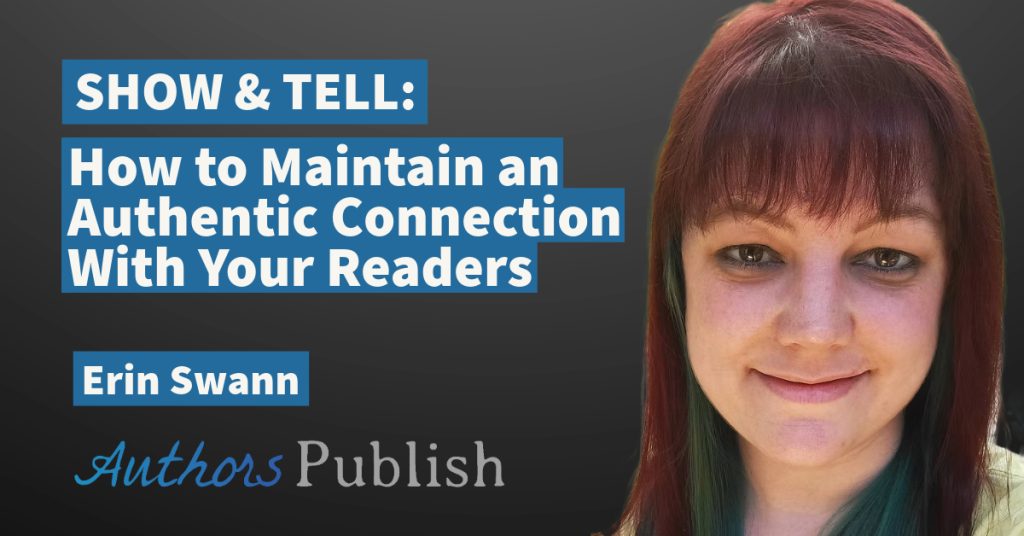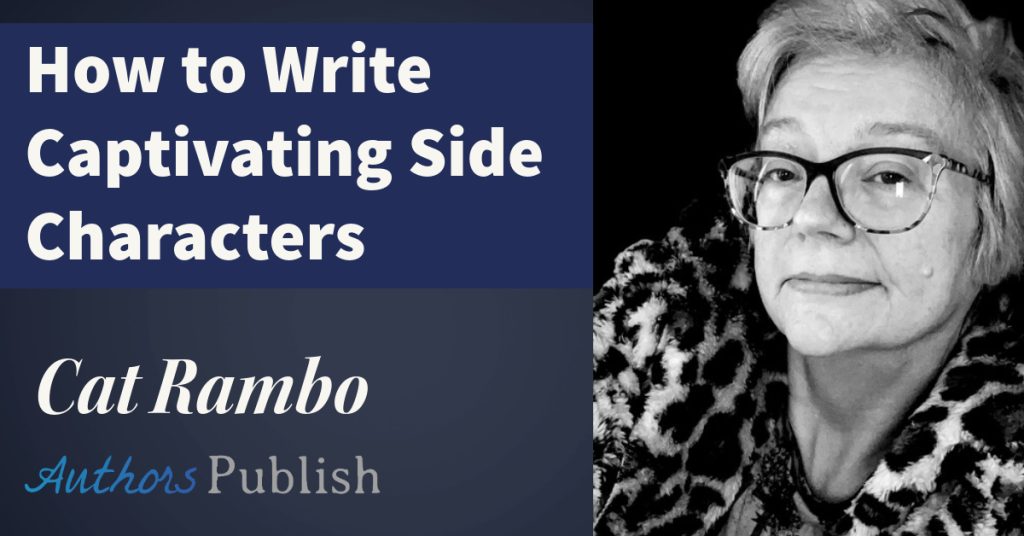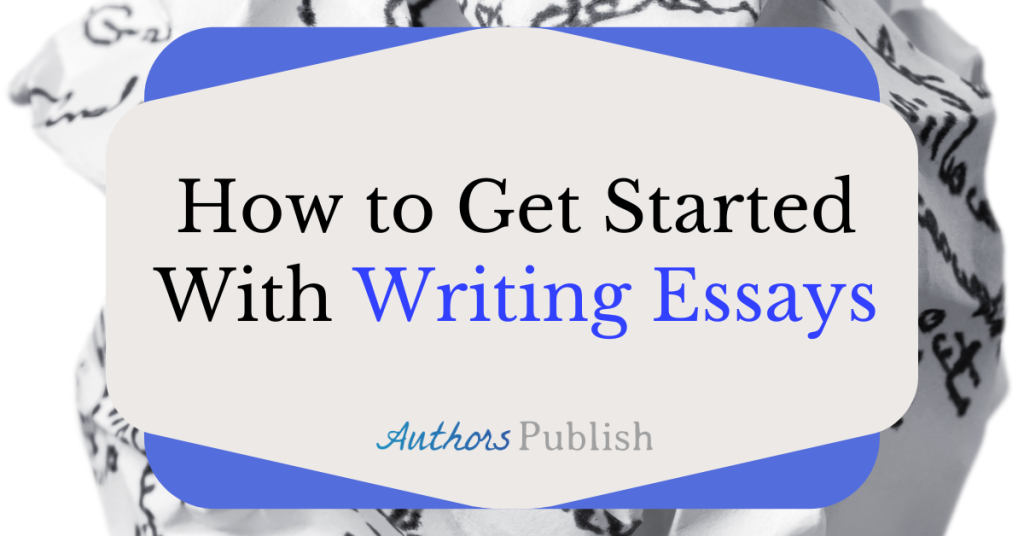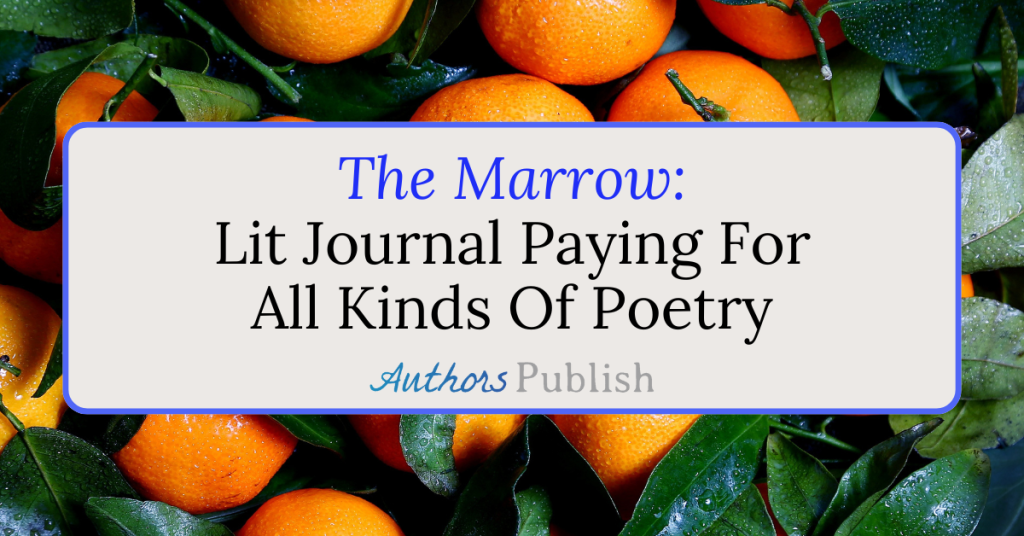By Zebulon Huset
Whether you write erasure poems about pop culture icons or memoiristic flash non-fiction or surreal science fiction, literary hybrid forms or Petrarchan sonnets with skillful enjambment or reviews of 1943 books of verse forgotten by readers today—we’ve got journals that want your writing. All of them are open year round and are fee free.
Literary, but on the more accessible side
From the Journal: Each Wednesday, we publish one author’s work in The Cobalt Weekly on cobaltreview.com. This could be a short story, essay, one or more poems, a book review, an interview, or something entirely different. We ask that you review the submission guidelines as they directly apply to each category. Each editor has a preference for submission methods, subject matter, etc. There is no one-size-fits-all aspect to Cobalt.
You can read their submission guidelines here.
From the Journal: As a vibrant online multimedia magazine, TCR is free to all and aims to showcase the best of what is possible on the web, where visual and auditory arts can coexist with poetry and prose in lively ways that enrich the reader’s interaction with a magazine. They have submission periods but their blog is open throughout the year.
You can read their submission guidelines here.
The Cortland Review
From the Journal: The Cortland Review has grown immeasurably since its inception in 1997, and it is still growing. It is our pledge to continue to publish what we believe to be the best original poetry we can bring you, to offer you consistently pleasant reading while, at the same time, offering what is both instructive and informative. The poets and writers who have appeared in our issues tend to be a fair mix of both established and up-and-coming writers from the print and online world. The Cortland Review also has the distinction of being the first Online magazine to bring several prominent poets from the print world to the Internet for the very first time, including: Stephen Dobyns, Richard Foerster, Tony Hoagland, Mark Jarman, Thomas Lux, A.F. Moritz, Charles Simic, R.T. Smith, and several others.
You can read their submission guidelines here.
From the Journal: The Lascaux Review accepts fiction, poetry, and creative nonfiction of literary quality. Book excerpts are welcome. Writing of literary quality venerates the language and speaks to the human condition. We make no effort to define these terms—we know it when we see it. The definition doesn’t exclude genre fiction: a story about love between two shape-shifting police detectives can take place on Titan as long as it venerates the language and speaks to the human condition. Poetry should be formatted conventionally, without “sculptural” elements that can’t be detected by an audience during a public reading. We understand there is call for experiments in form and content, but they’re not for us. Creative nonfiction may include memoirs, chronicles, personal essays, humorous perspectives, literary journalism—anything the author has witnessed, experienced, learned, or discovered. Creative nonfiction should be written in a nonacademic style.
You can read their submission guidelines here. They offer varied payments.
From the Journal: Palette Poetry is here to paint our small part of the world with truth through poetry, as hopeful and eviscerating as truth can be. We have no particular aesthetic vision or mission except to create a safe and encouraging space for all voices. Our goal is to simply find and publish the best poetry we can, no matter its roots in craft. We highly encourage emerging authors to submit.
You can read their submission guidelines here. They are a paying market.
Literary, but on the more experimental side
From the journal: We are open to reading/viewing anything. Give us the wildest pieces of your imagination! Literary ephemera of all kinds welcome. We feature experimental poetry, flash fiction, visual poetry, and visual art from new, emerging, and veteran writers. In addition to our online magazine, we publish an annual print anthology featuring poetry and flash fiction from the previous four issues.
Read their submission guidelines here.
From the Journal: AGON seeks work unimpeded by form or by theme, whether serious-minded or playful, neo-classical or experimental, filthy or divine, and we are particularly interested in work in which two disparate themes, styles, etc. contend with one another – works which contend with themselves, whose elements are engaged in an agonal conflict. However, this is not necessary, since we will be perfectly content to include a selection of content which will stand at odds with others. (Editor’s note: This journal is posted on Instagram)
Read their submissions guidelines here.
The Collidescope
From the Journal: The Collidescope aims to publish writing that is subversive in nature, that is art for art’s sake. There is a difference between a writer simply telling a story (or telling a story simply) and creating a work of art. We love to see the mental fireworks of a writer wrestling with their imagination, with language itself. First and foremost, fiction/poetry/personal essays should be true to the author’s intentions and censor nothing in response to the vague concept of an audience. From there, ensorcell us with your language, with your brain-bubbling phrases, make us question whether we are awake or dreaming. Stimulate both our intellect and our emotions. Sparse language can be just as evocative as bedizened language, it all depends on that arcane combination of words. We gravitate mostly toward magical realism and the surreal/slipstream. This is not the place for slice of life fiction, unless your language is experimental.
Read their submission guidelines here.
Right Hand Pointing
From the Journal: We publish short poems, very short fiction, art and photography. [Writing they want is] Short, of course. Generally minimalist as a result. Highly imagistic, yet often containing an implied plot or at least a first- or third-person character. They revel in ambiguity but aren’t ever deliberately obscure. Intellectual without being pretentious, original or novel without being consciously weird or eccentric. We’re generally averse to rhyme.
You can read their Submission Guidelines (traditional), Video Submission Guidelines, by following the pertinent link.
On the genre side of things
Analog Science Fiction and Fact
From the Journal: Analog will consider material submitted by any writer solely on the basis of merit. We are eager to find and develop new, capable writers. We have no hard-and-fast editorial guidelines, because science fiction is such a broad field that I don’t want to inhibit a new writer’s thinking by imposing Thou Shalt Nots. Besides, a great story can make an editor swallow his preconceived taboos. We publish science fiction stories in which some aspect of future science or technology is so integral to the plot that, if that aspect were removed, the story would collapse. Try to picture Mary Shelley’s Frankenstein without the science and you’ll see what I mean. No story! The science can be physical, sociological, psychological. The technology can be anything from electronic engineering to biogenetic engineering. But the stories must be strong and realistic, with believable people (who needn’t be human) doing believable things–no matter how fantastic the background might be.
You can read their submission guidelnes here. They are a paying market.
From the Journal: In general, we’re looking for “character oriented” stories, those in which the characters, rather than the science, provide the main focus for the reader’s interest. Serious, thoughtful, yet accessible fiction will constitute the majority of our purchases, but there’s always room for the humorous as well. SF dominates the fiction published in the magazine, but we also publish borderline fantasy, slipstream, and surreal fiction. No sword & Sorcery, please. Neither are we interested in explicit sex or violence. A good overview would be to consider that all fiction is written to examine or illuminate some aspect of human existence, but that in science fiction the backdrop you work against is the size of the Universe.
Read their submission guidelines here. They are a paying market.
From the Journal: Beneath Ceaseless Skies publishes “literary adventure fantasy”: stories with a secondary-world setting and some fantasy feel, but written with a literary approach. Secondary-World Setting: We want stories set in what Tolkien called a “secondary world”: some other world that is different from our own primary world in some way. It could be different in terms of zoology (non-human creatures), ecology (climate), or physical laws (the presence of magic). It could be set on Earth but an Earth different from our modern-day primary world in terms of time (the pre-modern historical past of our real-world Earth) or history (alternate history from our Earth’s history). It could have a “pre-tech” level of technology, or steampunk technology, or magic as technology, or anything else that’s not advanced or modern technology. However, the setting should contain some element that is in some way fantastical, and the qualities of the setting should have some bearing on the rest of the story. We are NOT interested in urban fantasy or other types of stories set in our modern, contemporary “real world,” even if they contain fantasy elements, or in stories that move between the real world and a fantasy world. (Editor’s note, they have very detailed notes that are a must read if you’re considering submitting).
Read their submission guidelines here. They are a paying market
From the Journal: What we publish: Horror, Dark Fantasy. Don’t be afraid to experiment or to deviate from the ordinary; be different—try us with fiction that may fall out of “regular” categories. However, it is also important to understand that despite the name, The Dark is not a market for graphic, violent horror.
Read their submission guidelines here. They are a paying market.
From the Journal: Leading Edge is a science fiction and fantasy magazine that publishes the work of people from all over the world. We are always accepting submissions, especially short stories. There are a few rules, so please read through our submissions guidelines before sending us your work. Leading Edge is affiliated with and run through Brigham Young University; written and visual submissions must conform with the BYU Honor Code. This includes no nudity, sex, profanity, excessive violence, belittlement of traditional family values or religion, or drug use. We look for strongly-themed Sci-Fi or Fantasy poetry that also reflects literary value, good taste, and popular appeal. Because Leading Edge is interested in helping new authors improve, each story is critiqued by at least two members of our staff; these comment sheets are returned to the author with our response.
Read their submission guidelines here. They are a paying market.
Bio: Zebulon Huset is a teacher, writer and photographer living in San Diego. His writing has recently appeared in Meridian, The Southern Review, Fence, Portland Review, Rosebud, Atlanta Review & Texas Review among others. He publishes a writing blog (with unique daily writing prompts) called Notebooking Daily and edits the journal Coastal Shelf.






